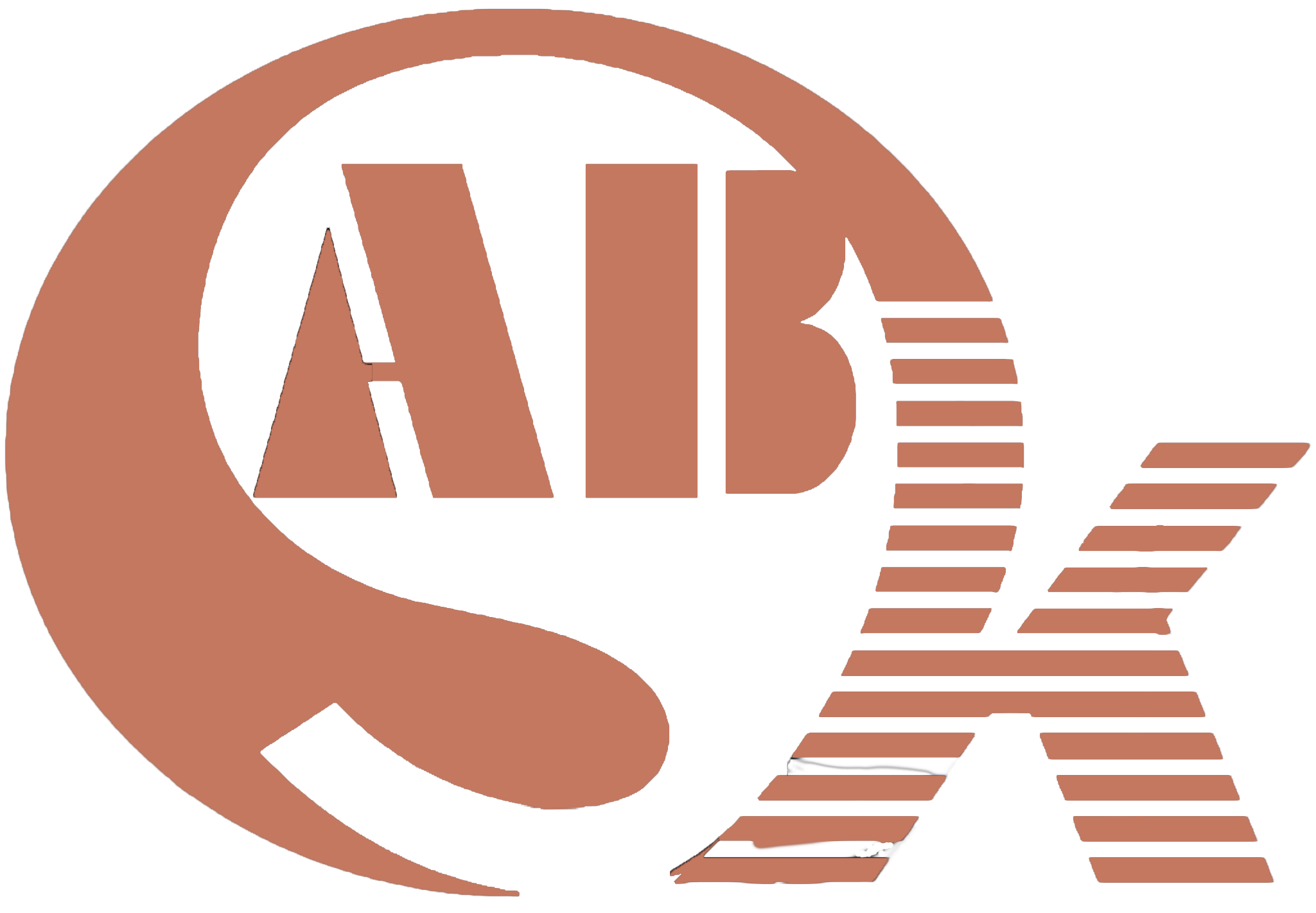Enhancing Welding Efficiency with Welding Positioners
In the dynamic world of metal fabrication and welding, efficiency is paramount. One of the key tools that have revolutionized welding processes is the welding positioner. This remarkable device offers a range of features that not only meet the demands of welding professionals but also address the market’s growing need for enhanced efficiency and precision.
Introduction:
Welding is an essential process in industries ranging from construction to manufacturing. Welding positioners play a pivotal role in streamlining this process by allowing welders to manipulate the position of the workpiece, ensuring optimal access and weld quality. Let’s delve into the characteristics of welding positioners and how they align with the requirements of both customers and the market.
Characteristics of Welding Positioners:
- Rotational Flexibility: Welding positioners enable the seamless rotation of the workpiece. This 360-degree rotational capability empowers welders to access all sides of the workpiece without the need for complex adjustments, resulting in faster and more efficient welding.
- Variable Speed Control: Many advanced welding positioners come equipped with variable speed control. This feature allows welders to adjust the rotation speed according to the specific requirements of the welding process, ensuring precise and uniform welds.
- Tilt Functionality: In addition to rotation, welding positioners often offer tilting capabilities. This allows welders to achieve the ideal angle for welding, reducing strain on their bodies and minimizing the risk of defects. Tilt functionality is especially valuable when working with large and heavy workpieces.
- Enhanced Safety: Welding positioners contribute to a safer work environment. By mechanizing the movement of the workpiece, welders can focus more on the welding process itself, reducing the likelihood of accidents. Additionally, these devices often come with safety features such as locking mechanisms to prevent unintended movement.
- Welding Automation Integration: As industries embrace automation, welding positioners are designed to seamlessly integrate with welding automation systems. This synergy between positioners and automation leads to even greater efficiency, as it reduces the need for constant manual intervention.
Meeting Customer Needs:
Welding professionals are constantly seeking ways to improve their productivity and the quality of their work. Welding positioners directly address these needs in several ways:
- Time Savings: The ability to effortlessly rotate and tilt the workpiece significantly reduces the time required to complete a weld. Welding positioners eliminate the need for manual adjustments and repositioning, allowing welders to focus on their craft.
- Consistent Quality: Achieving consistent weld quality is a challenge, especially when working on intricate or large components. Welding positioners ensure uniform access to all welding points, resulting in consistent weld quality throughout the workpiece.
- Reduced Fatigue: Manual welding processes often involve strenuous and repetitive movements. Welding positioners alleviate the physical strain on welders by mechanizing movement, leading to reduced fatigue and a more comfortable work experience.
- Complex Projects Made Simple: Welding positioners are invaluable when working on complex projects that require welding from multiple angles. These devices simplify the process by offering precise control over the workpiece’s orientation, making even the most challenging welds more manageable.
Market Demand and Professionalism:
The welding industry is undergoing rapid transformation, with a growing emphasis on efficiency and precision. Welding positioners align perfectly with this trend by providing a solution that not only meets market demands but also reflects the professionalism expected in modern welding operations.
Manufacturers of welding positioners continuously innovate to cater to various industries, including construction, automotive, aerospace, and more. As industries become more competitive, the efficiency gains offered by welding positioners become a crucial factor in staying ahead.
In conclusion, welding positioners have become indispensable tools in the welding industry, addressing the needs of customers while aligning with the evolving market demands. With features like rotational flexibility, variable speed control, and integration with automation, these devices elevate welding efficiency, quality, and safety. As industries continue to push the boundaries of innovation, welding professionals can rely on welding positioners to enhance their capabilities and deliver top-notch results.
